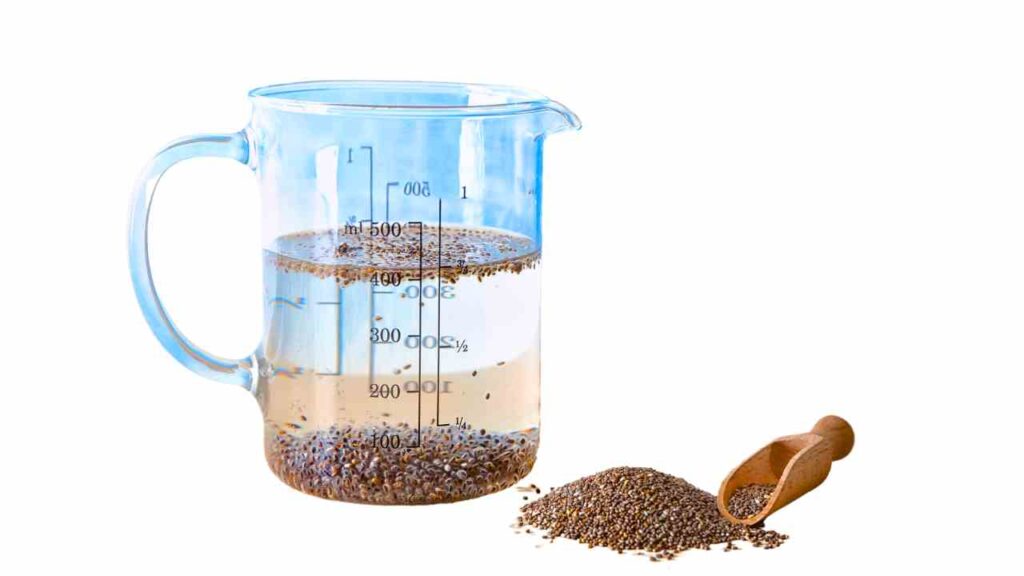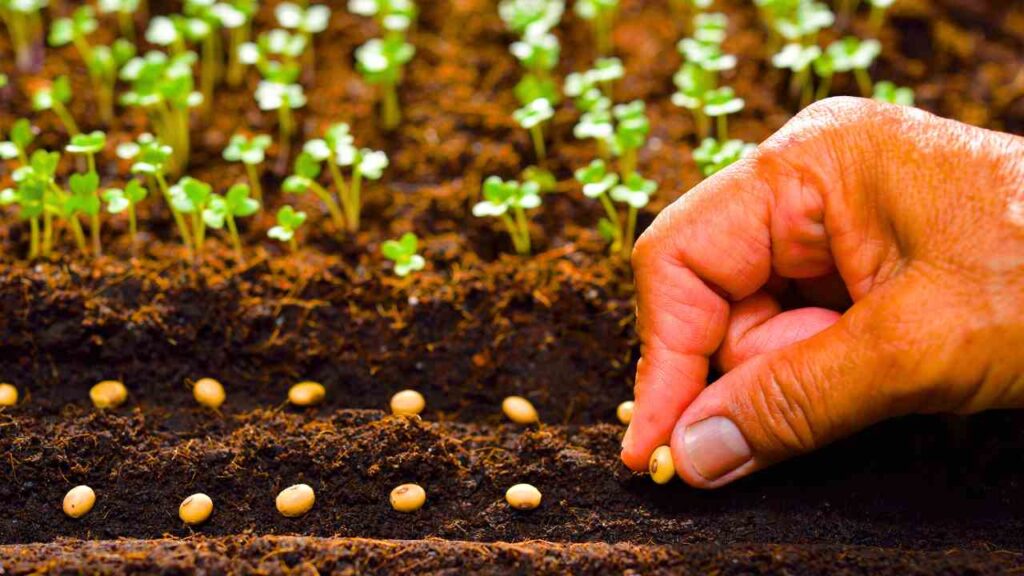For you and your kids, salad greens are one of the healthiest things you can eat. But the truth is that veggies aren’t healthy unless they are organic. Because they are healthy and should be eaten every day, we should grow our own fresh salad greens.
You might not have enough room in your yard for salad greens. What should you do now? It’s possible to grow salad greens all year long in a garden tower, which is my favorite way to grow them. You can grow healthy veggies inside too.
For Indoor Gardening, Things are Done Differently

The ways I grow my earth garden are different from the ways I grow a home salad garden of soil sprouts. Upon starting this job, I had to discard a significant portion of my gardening knowledge. For an indoor plant, you had to do things very differently.
For example, I don’t water the seeds after planting them like I would normally do in my garden. Instead, I soak the seeds before putting them in water. In the winter, I put seeds in the ground outside. In the winter, I scatter the seeds on top of the soil inside.
In my garden outside, I plant seeds in designs with lots of space between them. Soil sprouts in my indoor garden: I put the wet seeds on top of the soil so close together that they meet.
It is common for farmers to make sure that young plants have a lot of light by using grow lights as soon as the seeds sprout. For earth sprouts, I do the exact opposite; I put them in the dark for 4 days to get them started.
Gardeners who have been cultivating outdoors for an extended period may find it challenging to deviate from the norm. I know it was for me. You don’t have to get over the “this is how I usually do it” mentality if this is your first yard and everything is brand new. If your gardening-proficient friends inform you that you are performing every task incorrectly, they would be correct—but only if you were cultivating your plants outdoors.
Wait until January, when they can’t get to their gardens because it’s too cold, and ask them over for a fresh salad.
1. Giving the Seeds Water First

Soaking the seeds first gives them a boost before planting. Most of the time, seeds need to soak up enough water from the ground to start growing. It could be days before the seeds even start to grow, depending on the weather.
Soaking large seeds to speed up the growth process is usual, but with soil sprouts, all the seeds, no matter what size, are soaked first. This step is crucial for getting the “fast growth” that comes with growing salads inside.
2. Put the Plant on Top of the Soil

It saves a day or two to plant the seed on top of the soil because the stem and leaf don’t have to push through the earth. It also keeps the sprout clean and keeps the seed hull and leaves from getting dirt on them.
To keep the plants from getting damp off (a disease that kills young shoots quickly) or molds, clean stems and leaves are important. It’s also simple to clean the greens when it’s time to gather them. You’ll like this about soil sprouts if you’ve ever cleaned fresh greens from the yard.
3. Seeds Should Be Closed

To put the same tablespoon of sunflower seeds outside as I do inside in a small tray that’s only 1/8 of a square foot, I would need a 50-foot garden row. It helps me get the most greens from the smallest space by putting the seeds so close together that they touch. The seed only has room for a root to go into the ground and a stem to grow up toward the light. This is enough for the short “growing season” of shoots, though.
4. Grow When It’s Dark

It goes against everything I know about vegetable farming to grow things in the dark. To give new plants a lot of light when they are young, I use lights and a cold frame or a greenhouse in my traditional garden.
But earth sprouts are only grown for the plant’s stem and first leaves. The darkness of the first few days forces the seed to look for light, which helps it grow a long stem. If the seed stem is outside, where it might be more dangerous, it might have to go through a pile of leaves or straw before it can see.
Because a box with paper covers makes it look like it is dark, plants are naturally drawn to look for light. It helps the crop be very good. There’s no need for complete darkness; low light will be enough to force the growing seeds to grow long stems in the beginning stages of growth.
5. Plant Every Day

In my outside earth garden, I usually plant different kinds of vegetables like tomatoes and squash once a season. For veggies like carrots and lettuce, I plant them again in the middle of the season so I can harvest them in the fall. When it comes to types like radishes, I replace every two weeks and have a steady supply of fresh roots all season.
Every day I put sprouts in soil. To get a steady supply of veggies from my indoor salad garden, I need to plant every day. Every day, I start a small amount of seeds—about 5 tablespoons (74 ml) spread out over five boxes. So every day, a new set of seeds planted a week ago are ready to be picked.
Every week, I know exactly how many trays I need because I only gather what I need. My indoor food garden should stay small and simple to care for, not big and time-consuming.
6. Gather More from the Seed

As I said above, my goal when I grow sprouts in soil is to get the stem and a big seed leaf (called a cotyledon) to grow quickly. Because of this, I can get almost all of the nutrition from the seed.
People in Asia and other places have known this general rule for a very long time. It shocked me to read that radish sprouts were used in an Italian recipe from 1624.
The English have also used cress sprouts for a long time. Cress sprouts, which are high in vitamin C, helped sailors who were going on long trips avoid getting scurvy. I’ve put together a range of seeds for my indoor salad garden and learned a lot about how to grow soil sprouts all the time.
Even after working with seeds for so many years, there is still some wonder. Every time I soak them for another batch of sprouts, I’m amazed by the miracle I see. I can almost hear the cheers as soon as I pour the water on the seeds. They’ll be off to the races, with all their promise galloping to the finish line.
By growing earth sprouts, I’ve learned a lot about seeds and sets. I’ve even used some of what I’ve learned in my outdoor garden. For example, think about peaches. They can handle the cool spring in Vermont, but that’s more for the plant than the seed.
On the other hand, peas may only partially sprout in an early, wet spring. Other times, they may just rot in the ground. Several years ago, in early spring, I noticed that I had a lot of healthy pea sprouts growing in boxes inside. I thought, “Why not move them outside?”
They were a hit right away.
When I put two rows of peas, they had no trouble growing and didn’t get any worse after being moved. That was really surprising. Most planting books will tell you that peas don’t do well when you move them.
A friend and I have made a yearly bet for many years: the first person to grow a 3-inch pea plant wins. He made it clear that this method of transplanting was unfair. For our bet, the seeds have to be put outside, in the ground. However, I plant an extra-early crop of peas just to show off—and because they taste so good.
Defying convention, exploring unconventional approaches, and taking unconventional actions can yield significant rewards. One of those times is when dirt sprouts grow.

